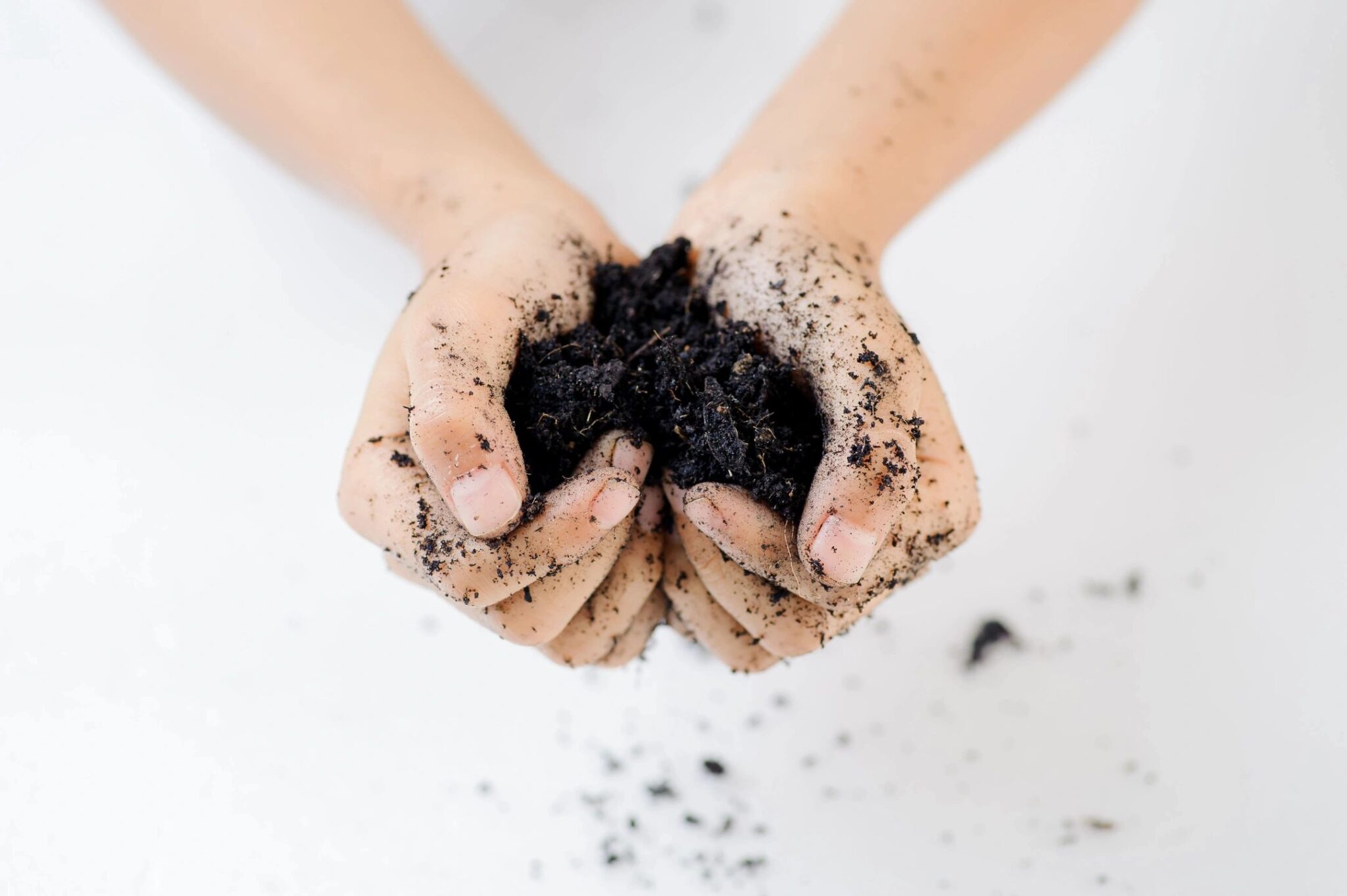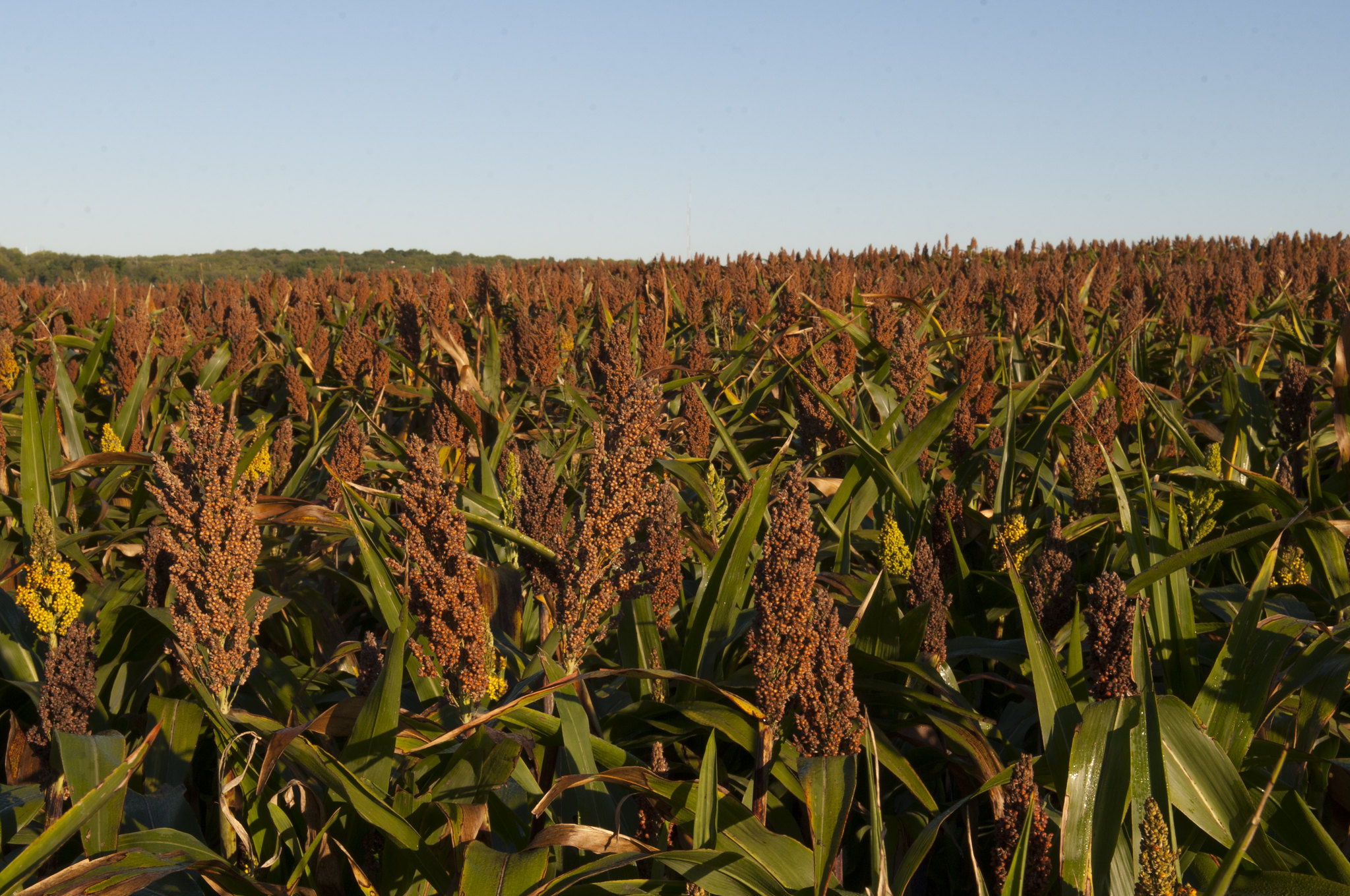Microorganisms are four times more effective in storing carbon in soil than any other natural process, making them key players in addressing global climate change.
By Rachil Koumproglou
Natural systems like oceans, forests, or soil can capture carbon dioxide, the main greenhouse gas, and keep it stored for a very long time. In this way, they work as natural “carbon sinks” and help mitigate the effects of climate change. Among these sink options, soil holds more carbon than the atmosphere and the vegetation do together. So far, scientists have conducted many studies to understand the processes affecting the carbon cycle in soil and the strategies to improve soil capacity for carbon storage.
Soil is a complex system that contains inorganic elements like minerals, water, and air, as well as organic matter like microorganisms, roots, and plant residues. Researchers of a new study published in Nature measured the impact of microorganisms on carbon storage in soil. The researchers found that the impact is four times greater than other processes, including the deposition of plant litter or the decomposition of biomass.
RELATED: Underground Climate Change Is Sinking Our Cities
Big data for global estimates
This study is the first to consider on a global scale how natural processes influence the quantity of carbon accumulated in the soil, which is known as Soil Organic Carbon (SOC). A multidisciplinary research group collaborated on the analysis and was supervised by professors Xiaomeng Huang and Yiqi Luo from Tsinghua and Cornell University, respectively.
For their estimations, they collected data of 57,267 soil profiles from 46 locations worldwide. To evaluate this big data set, they created a series of computer models by combining different fields of mathematics. In short, they started calculating the soil parameters in each location of data collection. At this point, they used mathematical models based on earth processes and data assimilation. The latter is a discipline that helps study the evolution of the conditions of a complex system, such as when predicting weather conditions. Next, they obtained values of the soil parameters on a global scale by feeding the soil estimates from each location into a platform built using big data and artificial intelligence.
Growth of microorganisms is the key to carbon storage
Besides making a breakthrough with this approach to analysis, the researchers established, for the first time, a direct association between the metabolic activity of microorganisms and Soil Organic Carbon (SOC) on a global scale. Microbial metabolism relies on the capture of carbon dioxide from the atmosphere to create new organic molecules, necessary for the formation of new cells. In this case, carbon accumulates in the soil in the form of microbial biomass. But microorganisms also return carbon to the atmosphere through their respiration.
RELATED: Forests Alone Can’t Stop Climate Change
To estimate the impact of the two metabolic activities, the research team calculated the Carbon Use Efficiency (CUE). This is a metric that expresses how much of the atmospheric carbon absorbed by the microorganisms is converted into biomass and remains stored in the soil versus how much of it is lost to the air.
When they compared the impact of microorganisms’ CUE to six other natural processes of the carbon cycle in the soil, they found a CUE that is four times more effective in carbon storage. In addition, they repeated the same study under different climate conditions, soil properties, and type of vegetation. For instance, they found that more carbon is stored in the soil of the boreal regions than the tropics because the low temperatures make microbes respire at a lower rate.
RELATED: Methane-Munching Microbes Limit Global Warming
In a few words, soil microorganisms, by their extraordinary capacity to store carbon, can become unique allies to humanity’s efforts to reduce rapid climate change. Further investigation is expected to shed light on how different management strategies, including farming methods or modifying the types of plants and microorganisms, can improve CUE and contribute to reducing carbon dioxide in the atmosphere.
References
Broom, D. (2021, August 17). Soil could help in the fight against climate change – or make it worse. The outcome is in our hands. World Economic Forum. https://www.weforum.org/agenda/2021/08/carbon-in-soil-key-to-halting-climate-change/
Tao, F., Huang, Y., Hungate, B. A., Manzoni, S., Frey, S. D., Schmidt, M. W. I., … & Luo, Y. (2023). Microbial carbon use efficiency promotes global soil carbon storage. Nature618, 981–985. https://doi.org/10.1038/s41586-023-06042-3

About the Author
Rachil Koumproglou is a Plant Scientist with a genuine passion for sustainable solutions. She holds a MSc in Science Communication and is an enthusiast reader of classical literature. Find her on LinkedIn.




